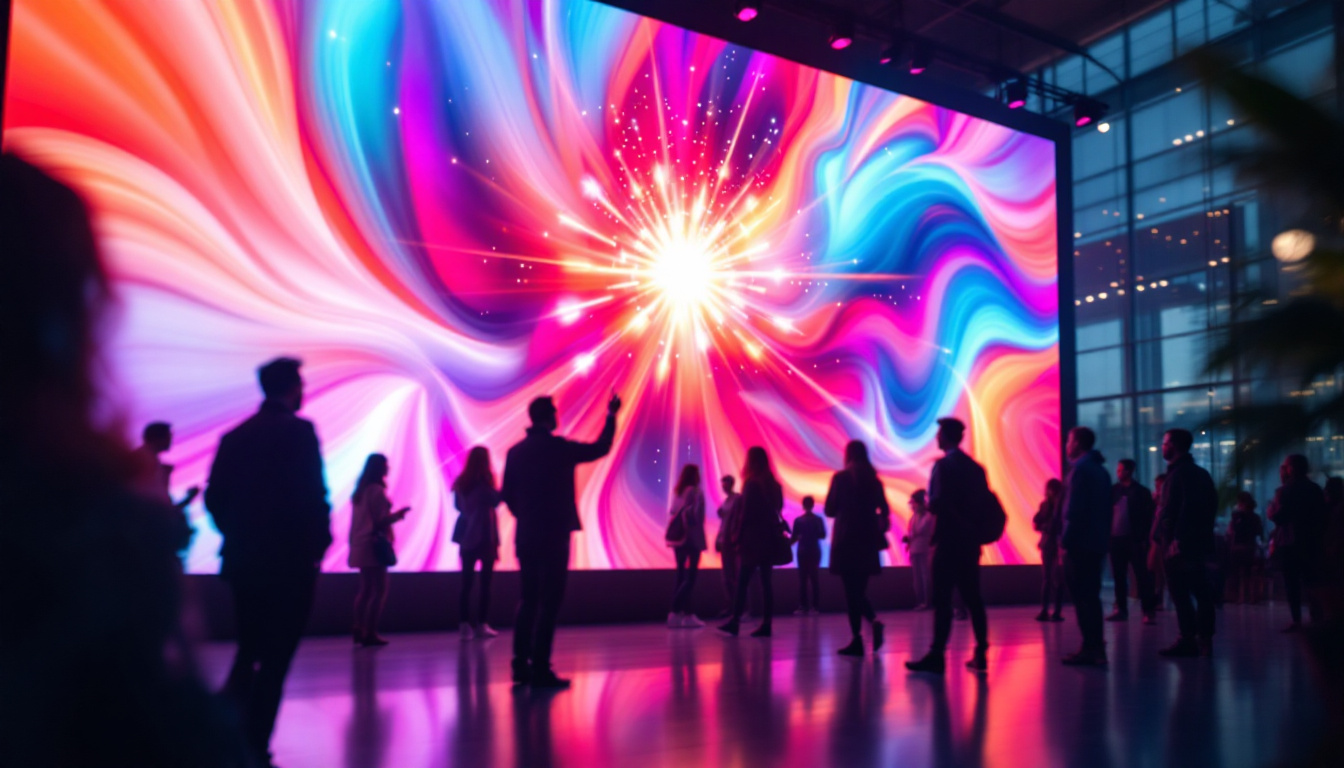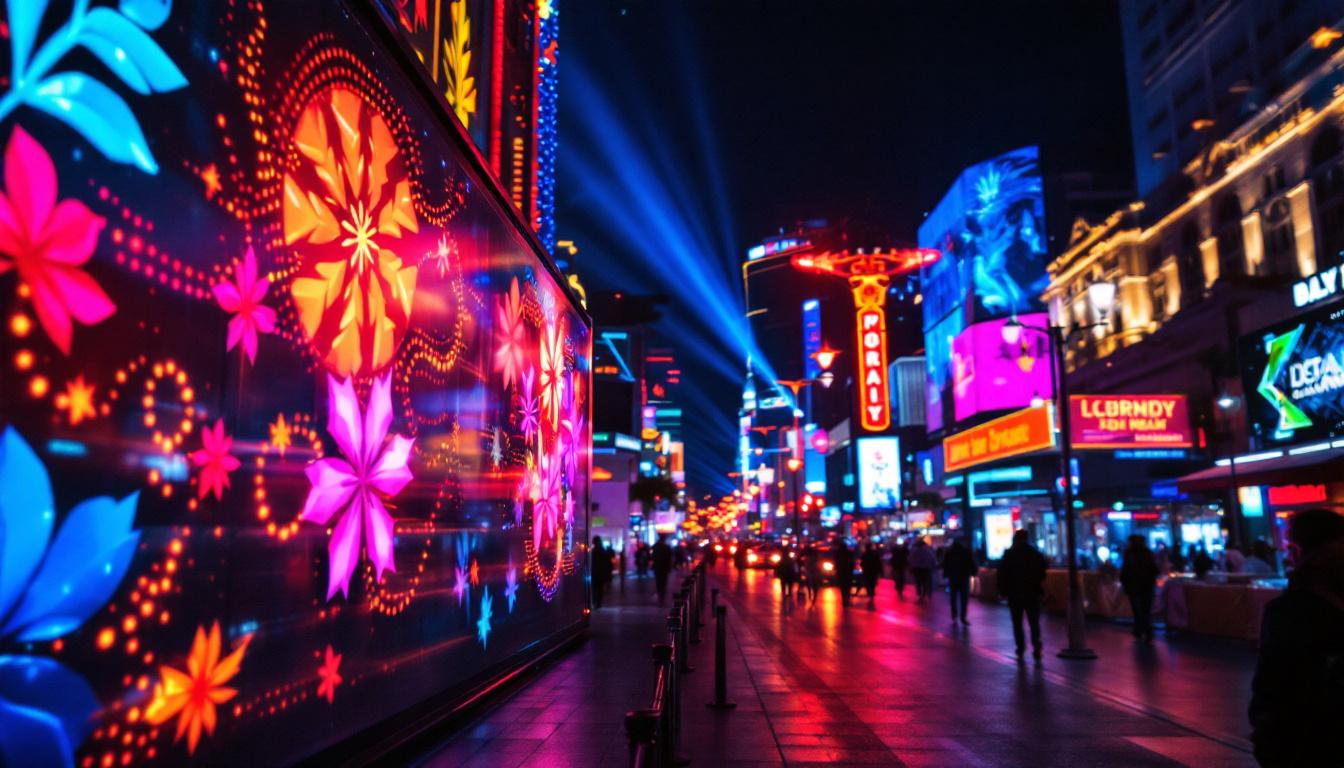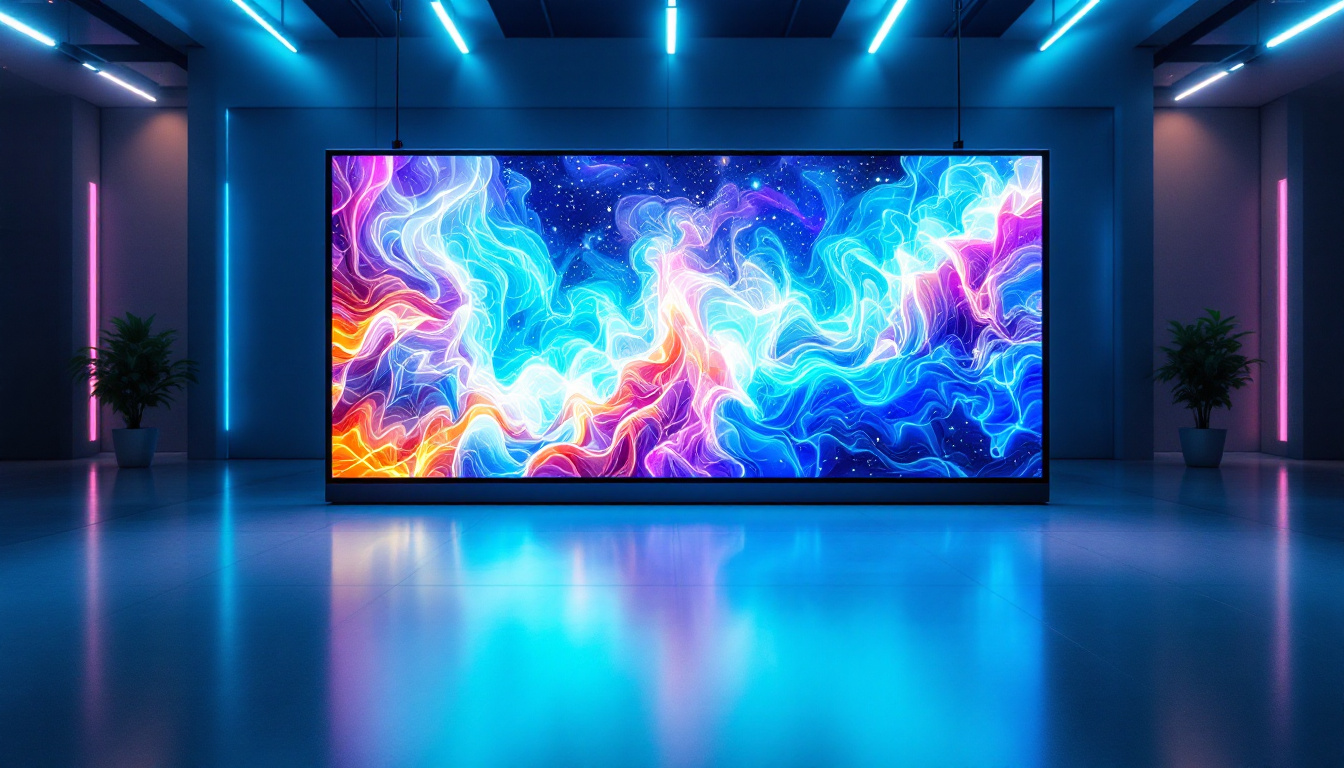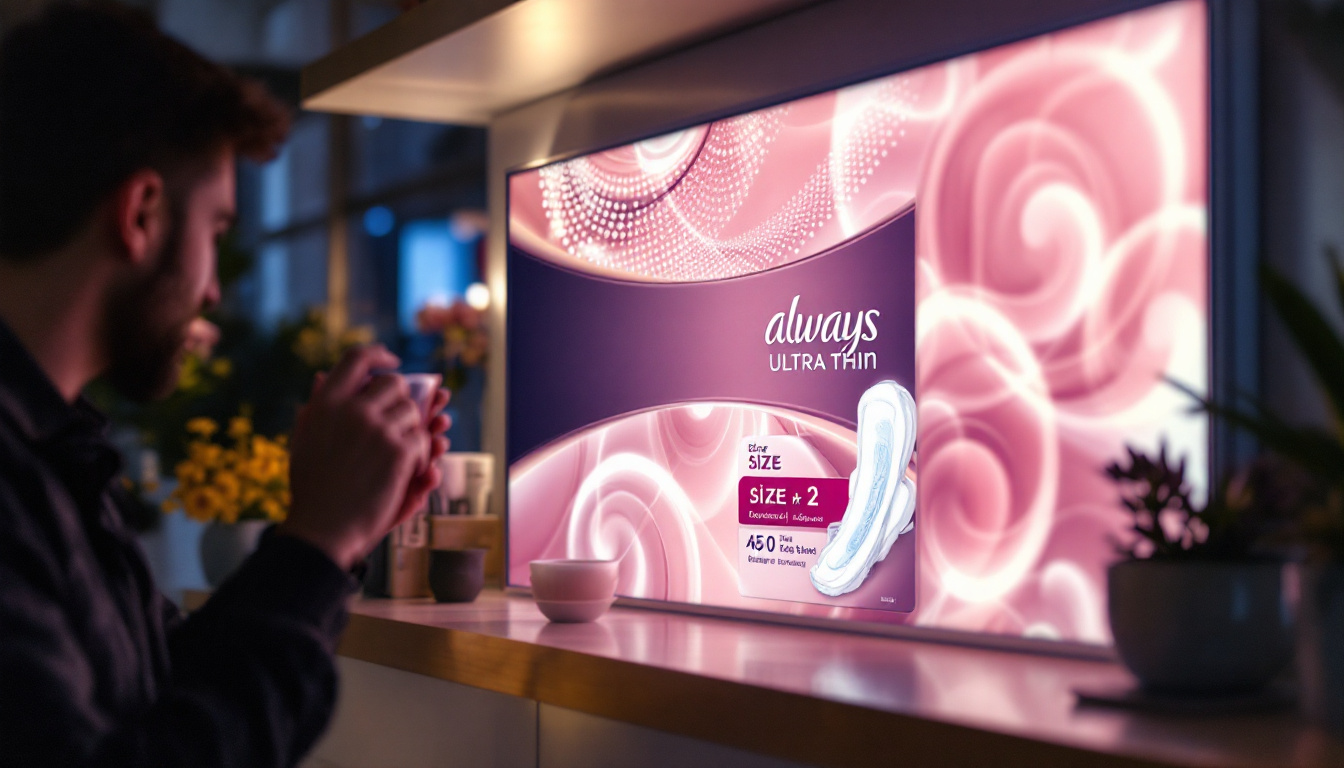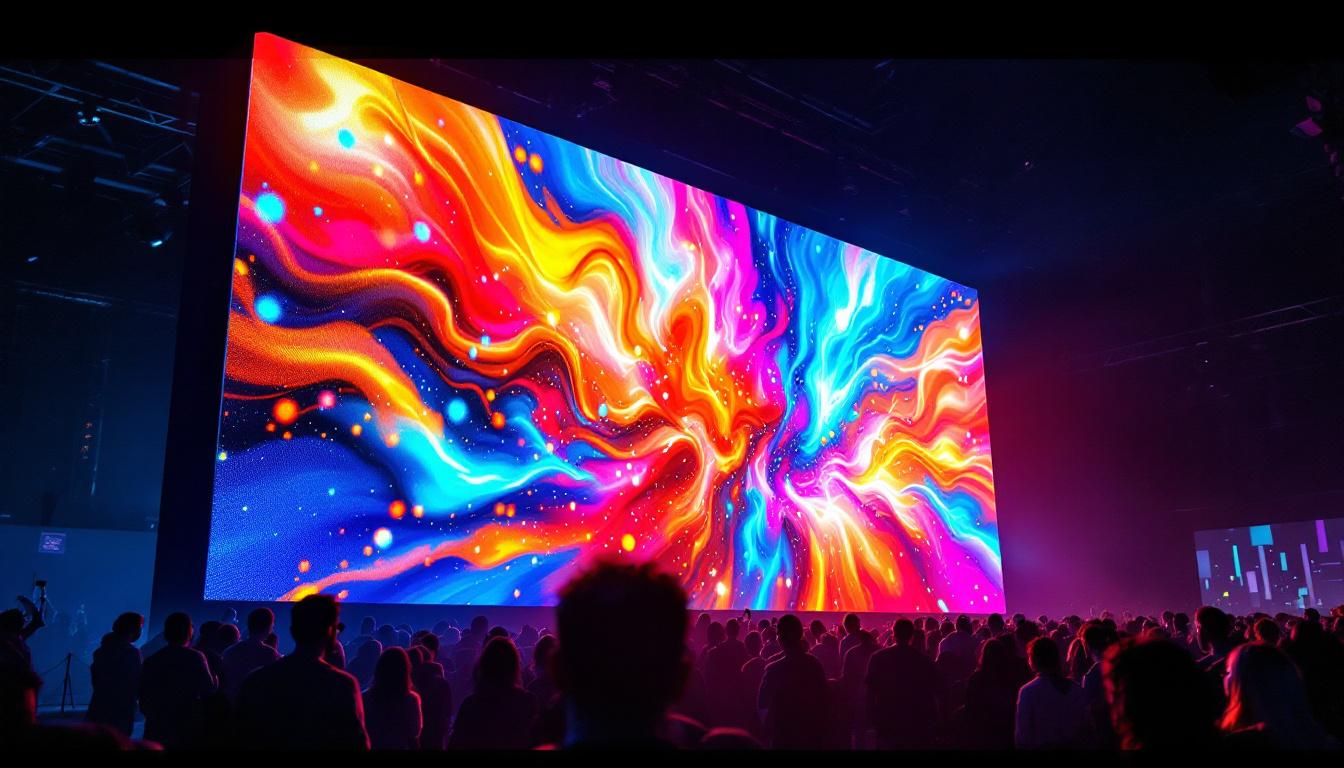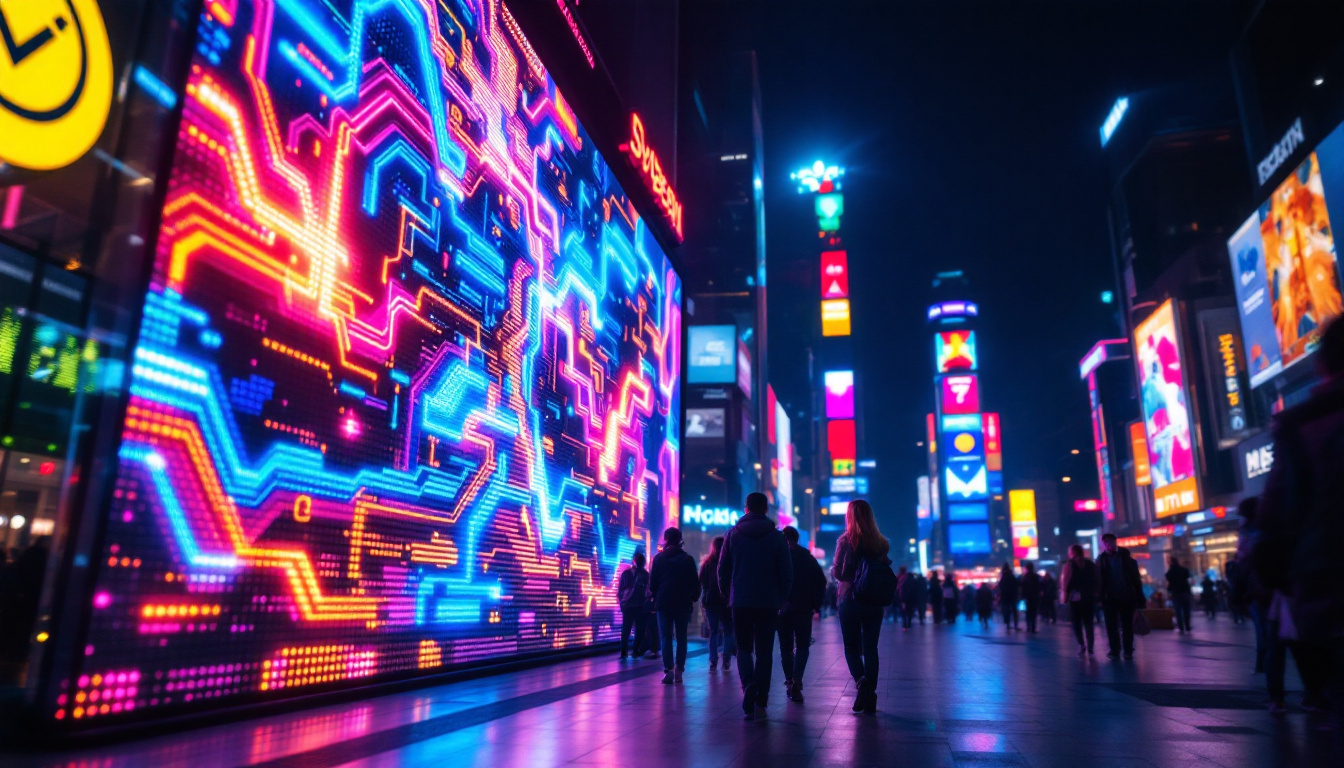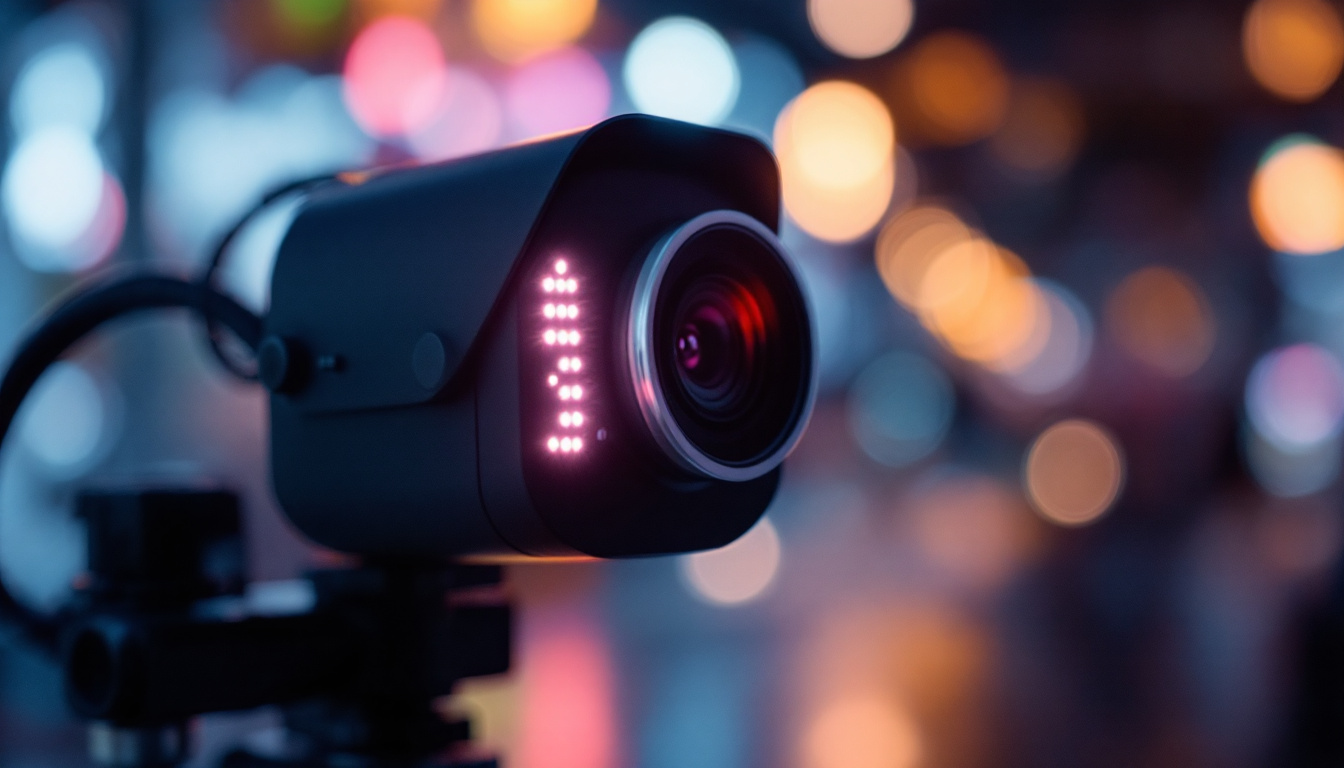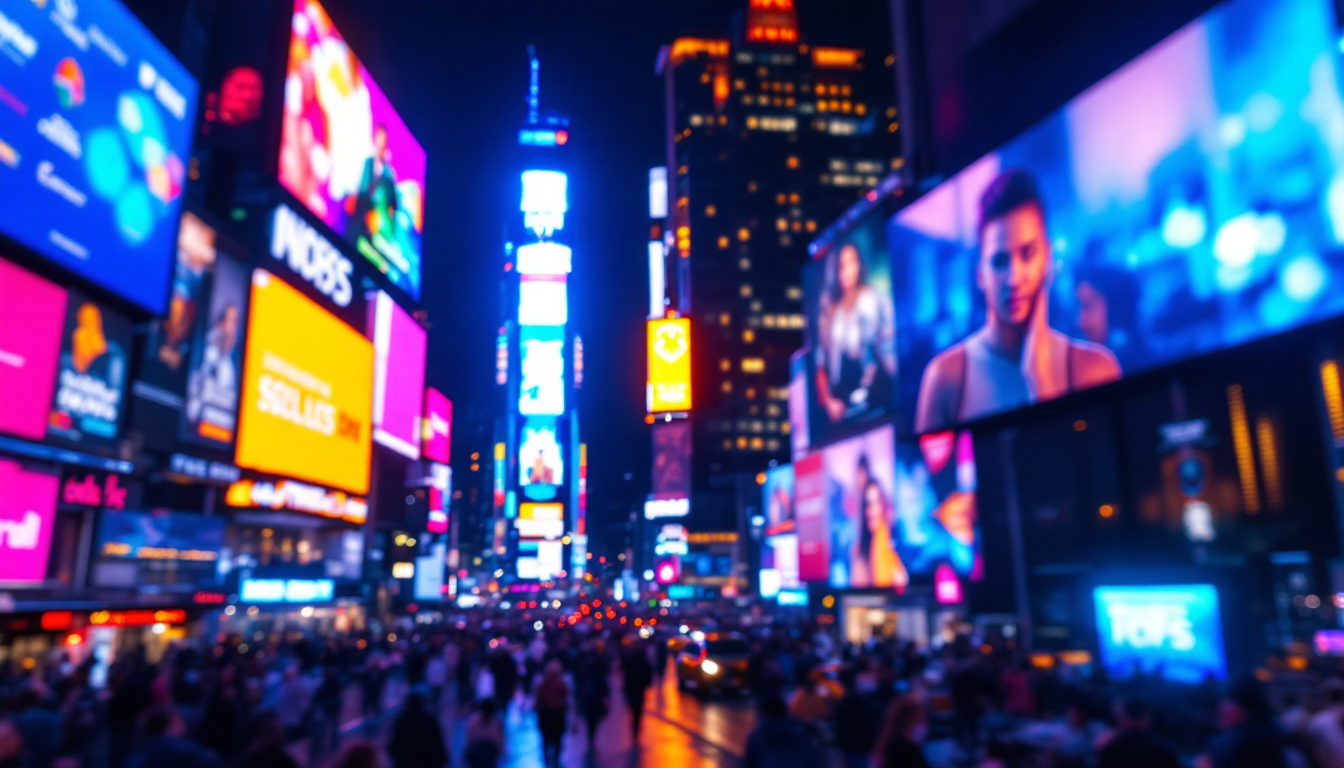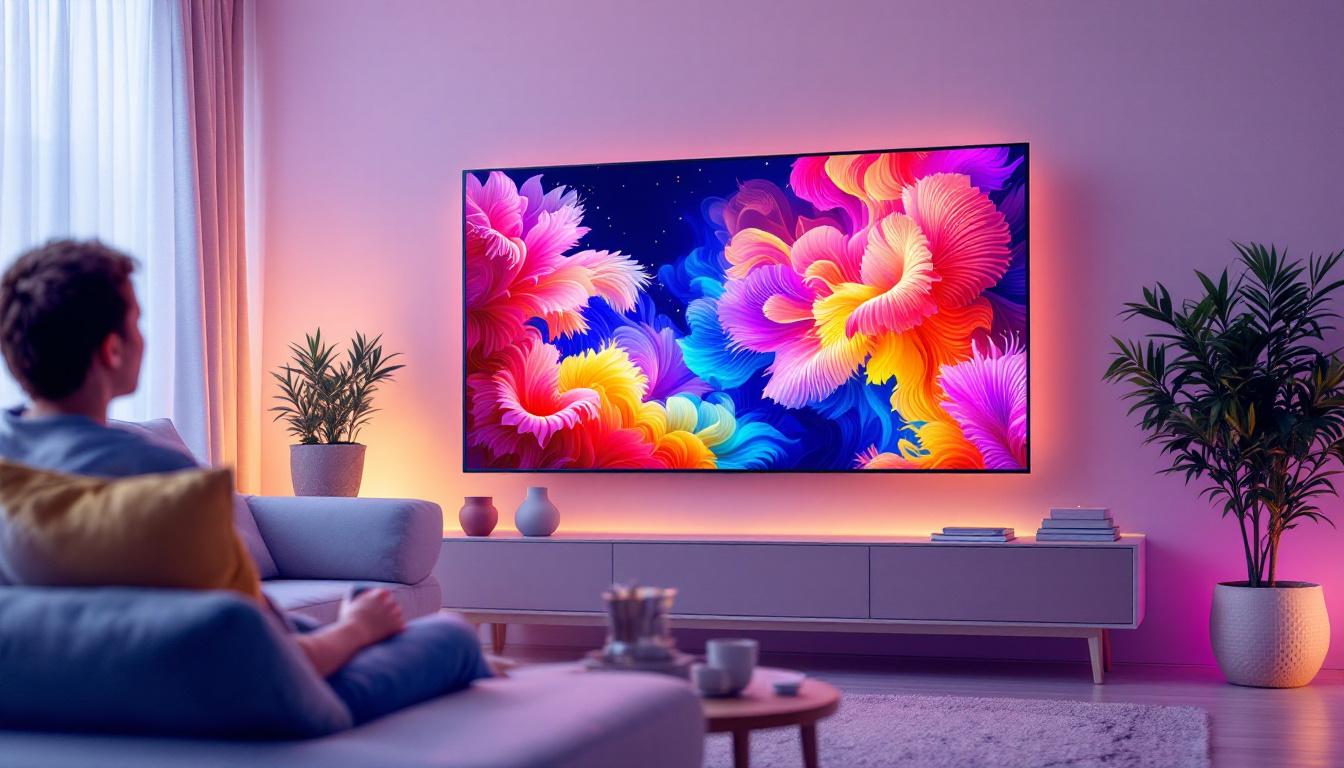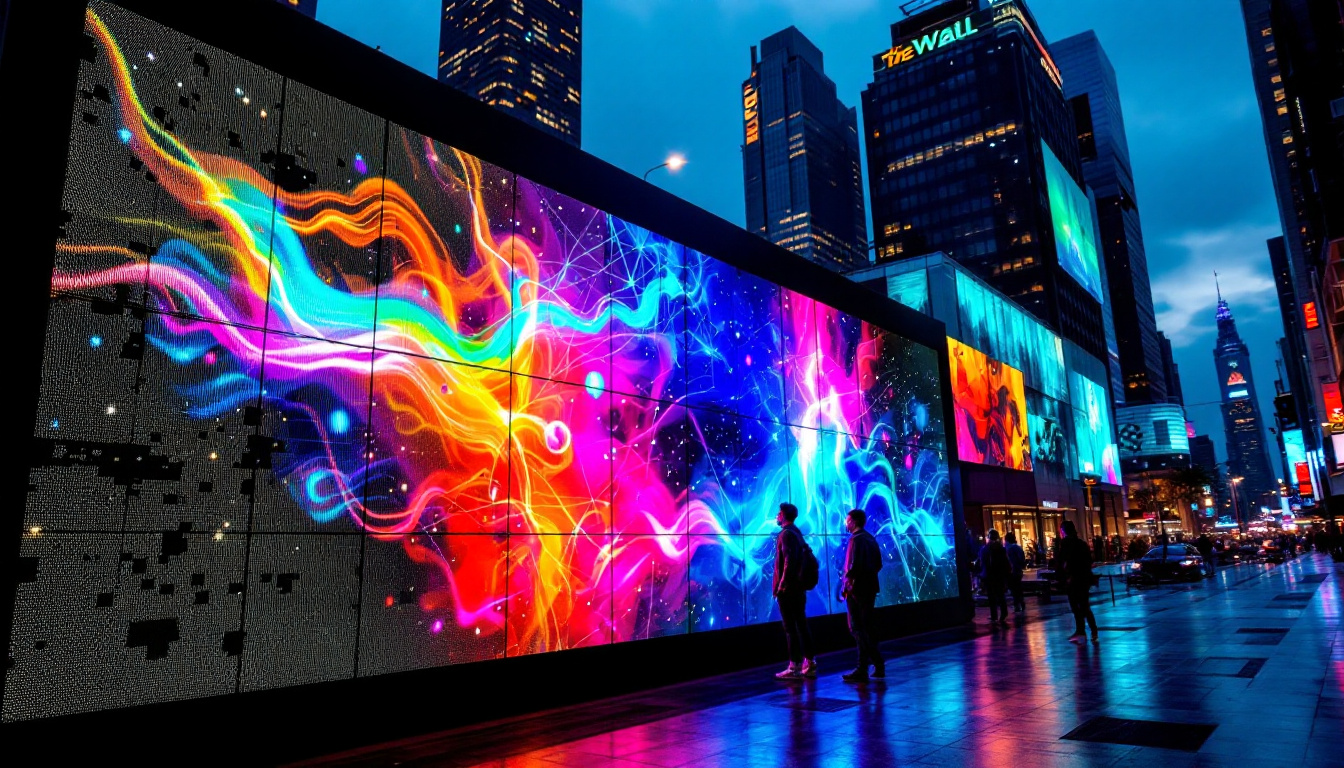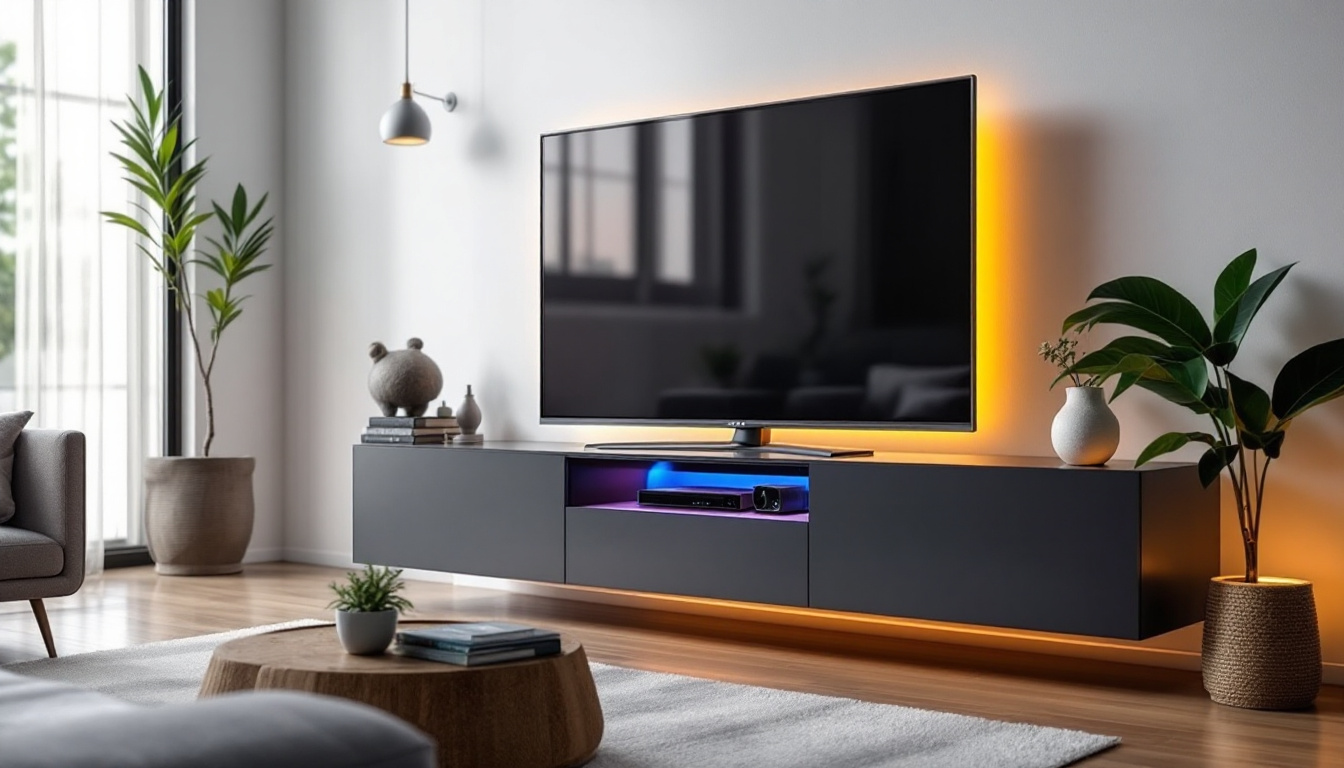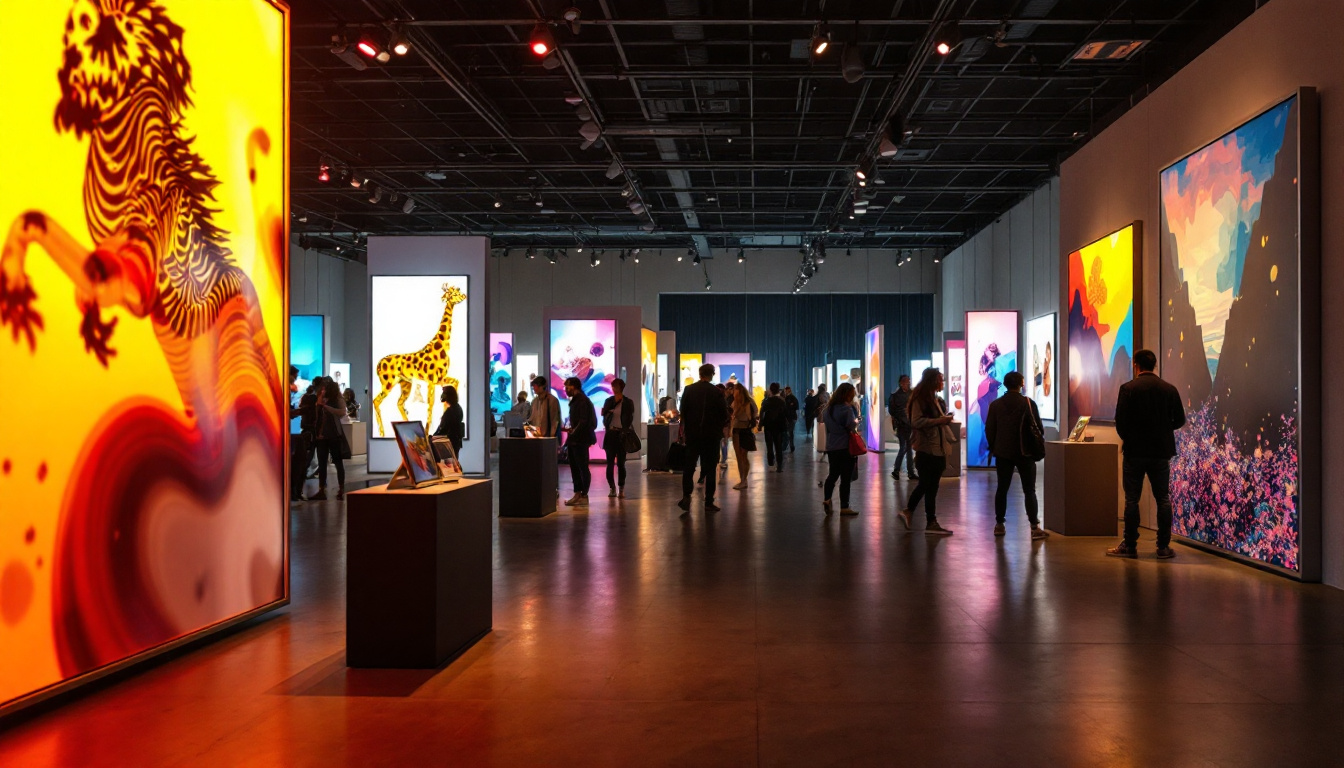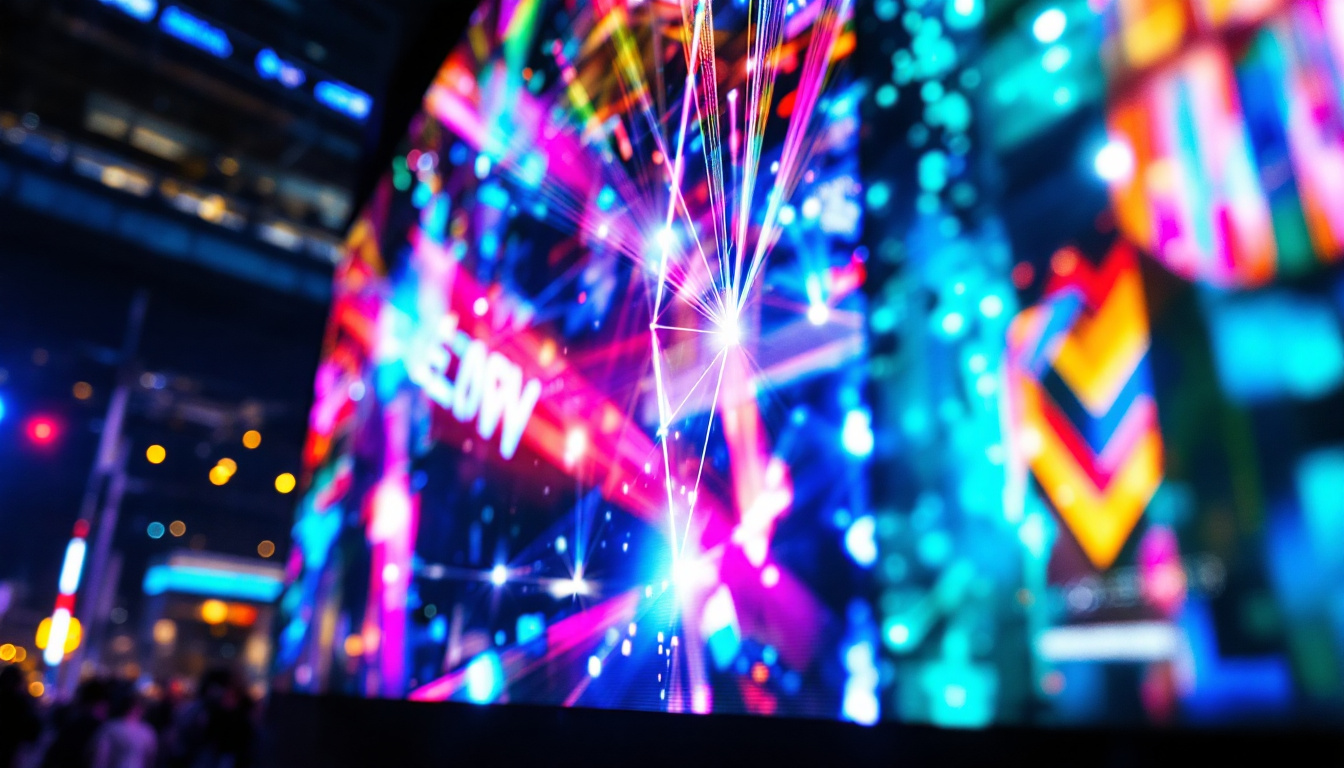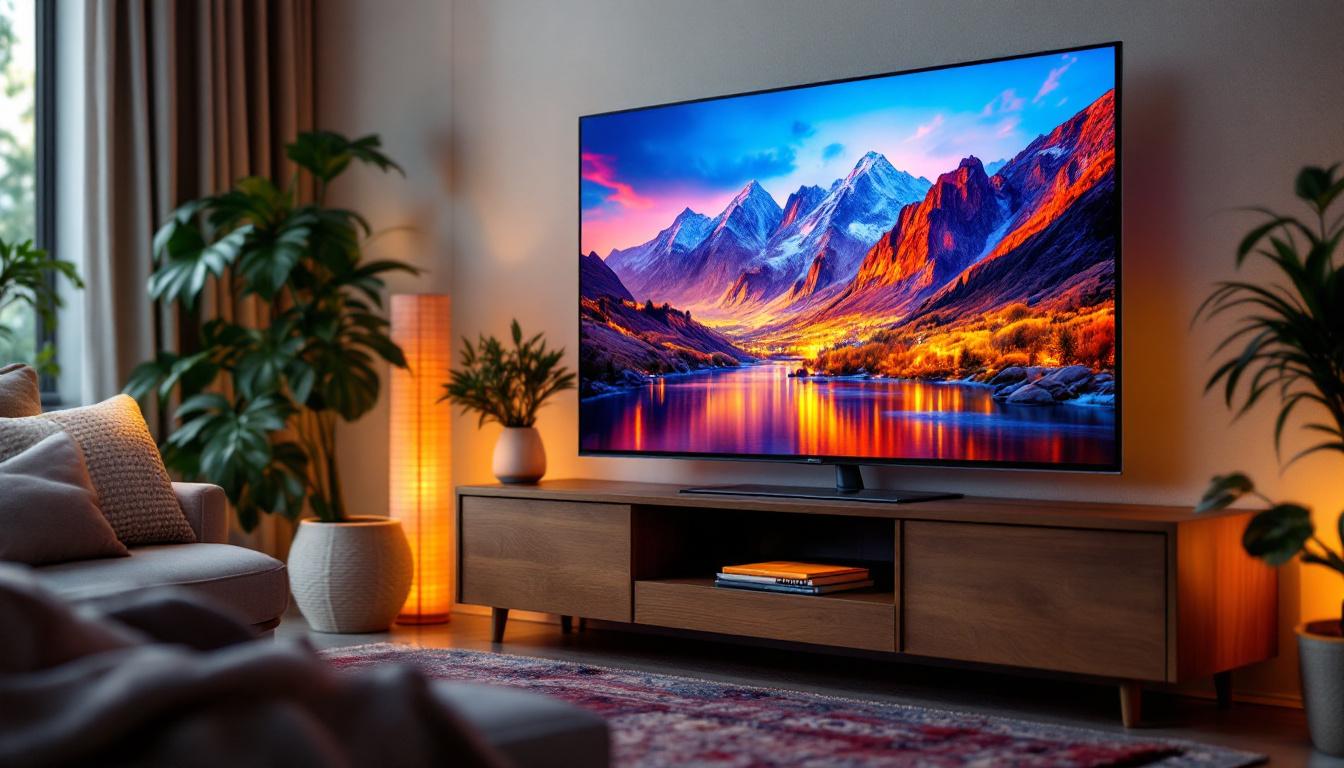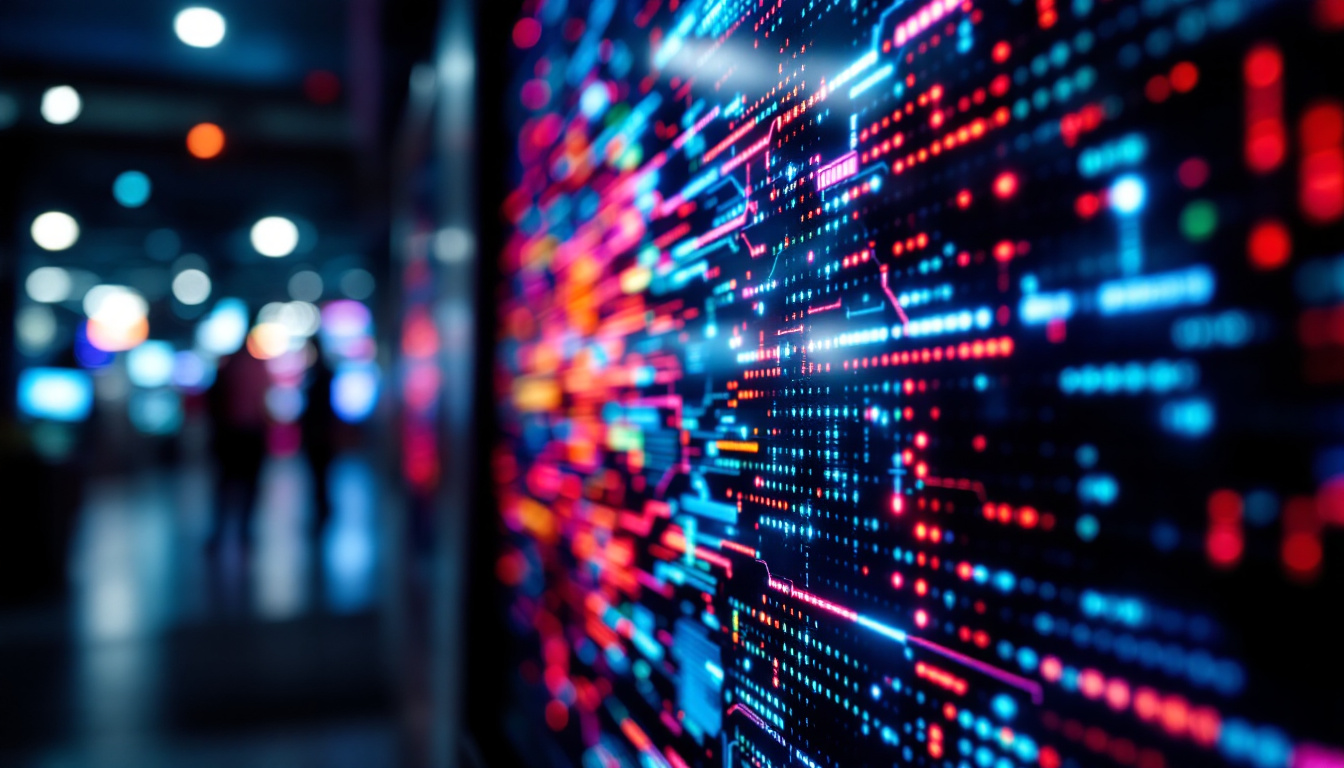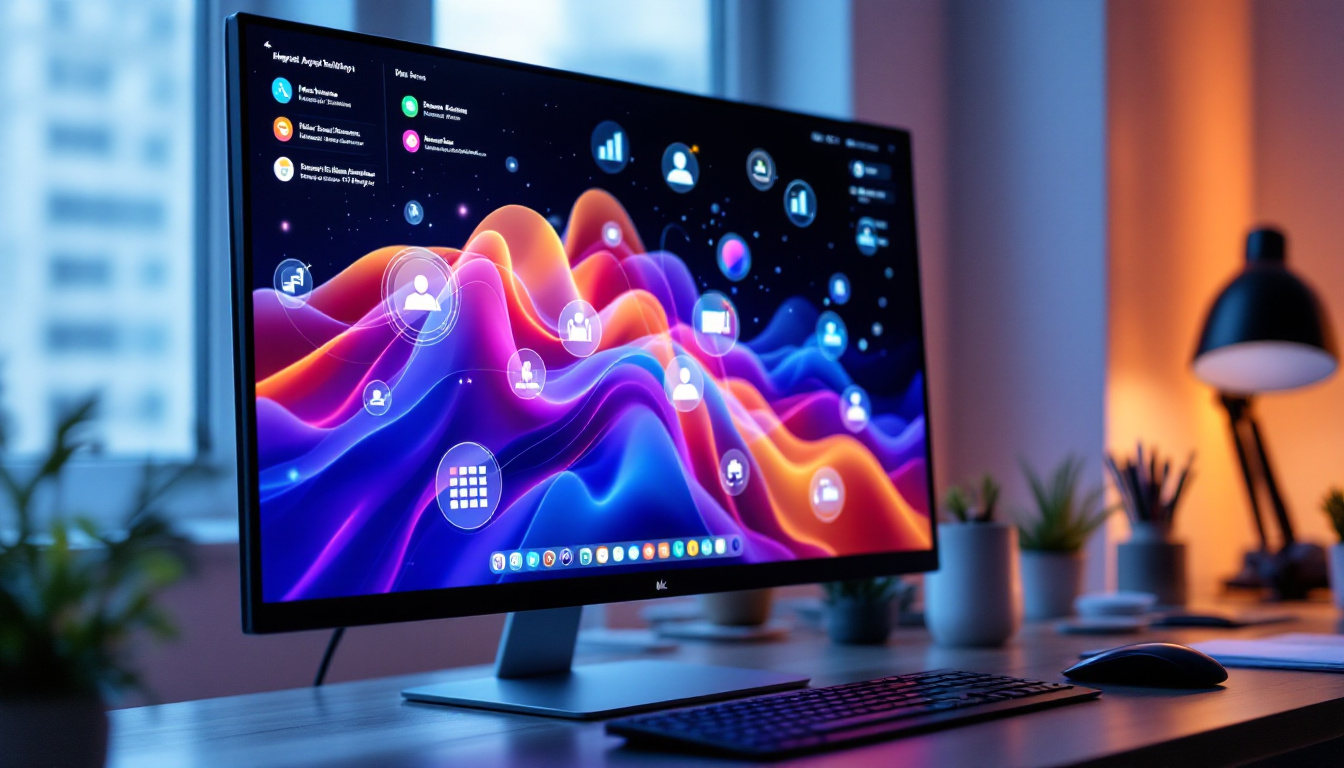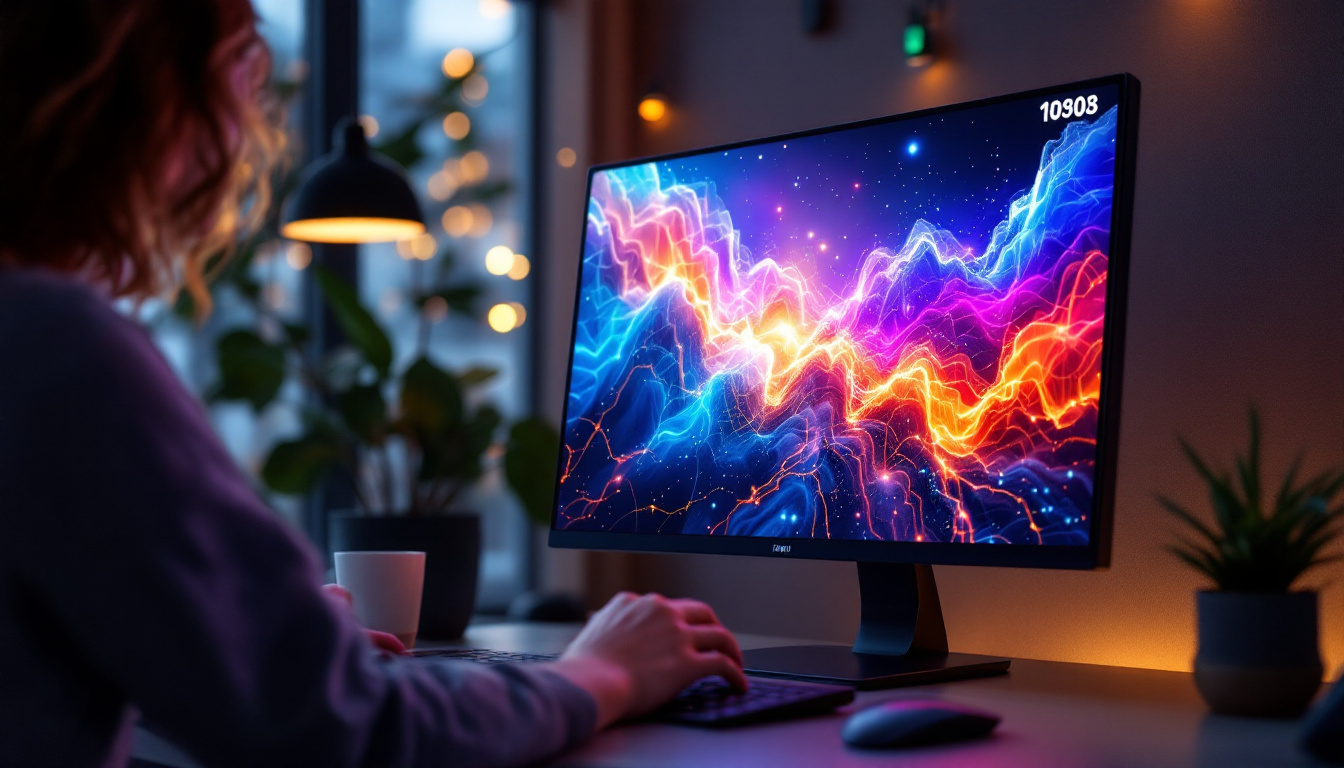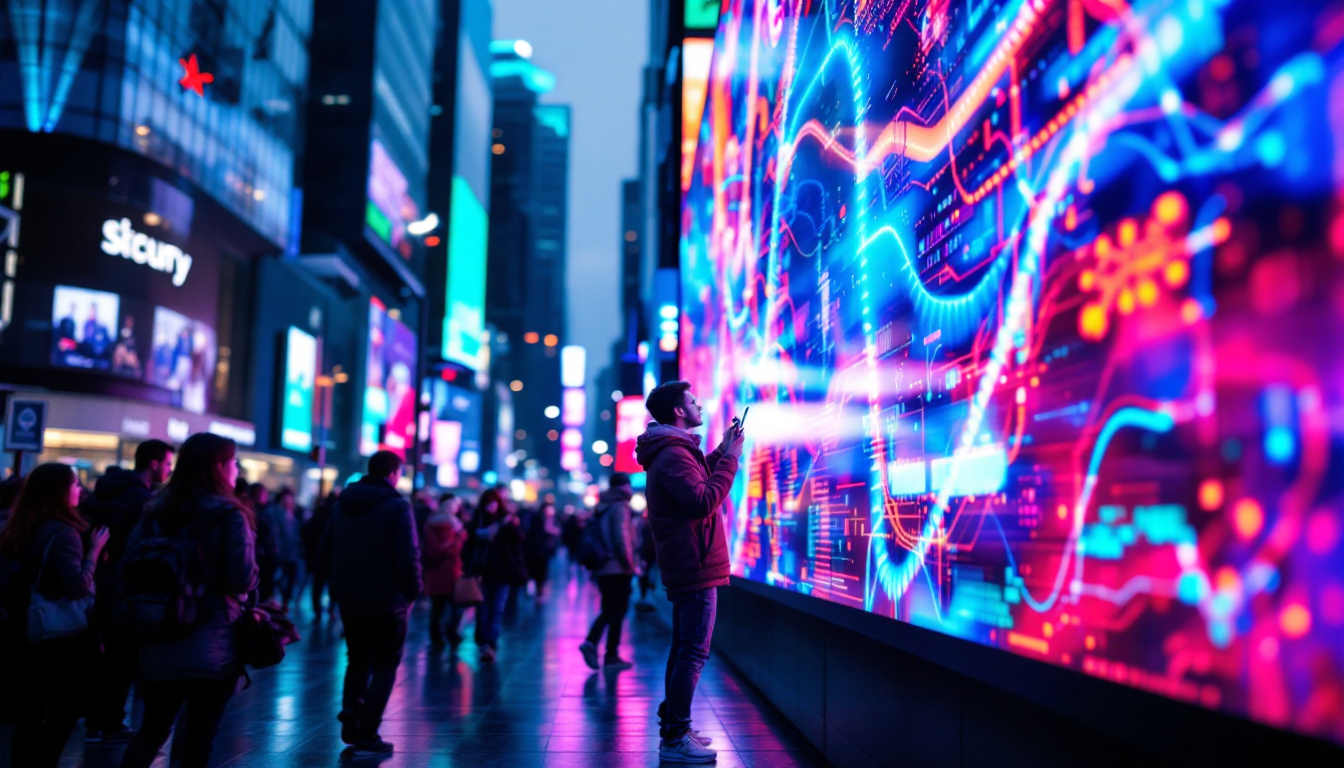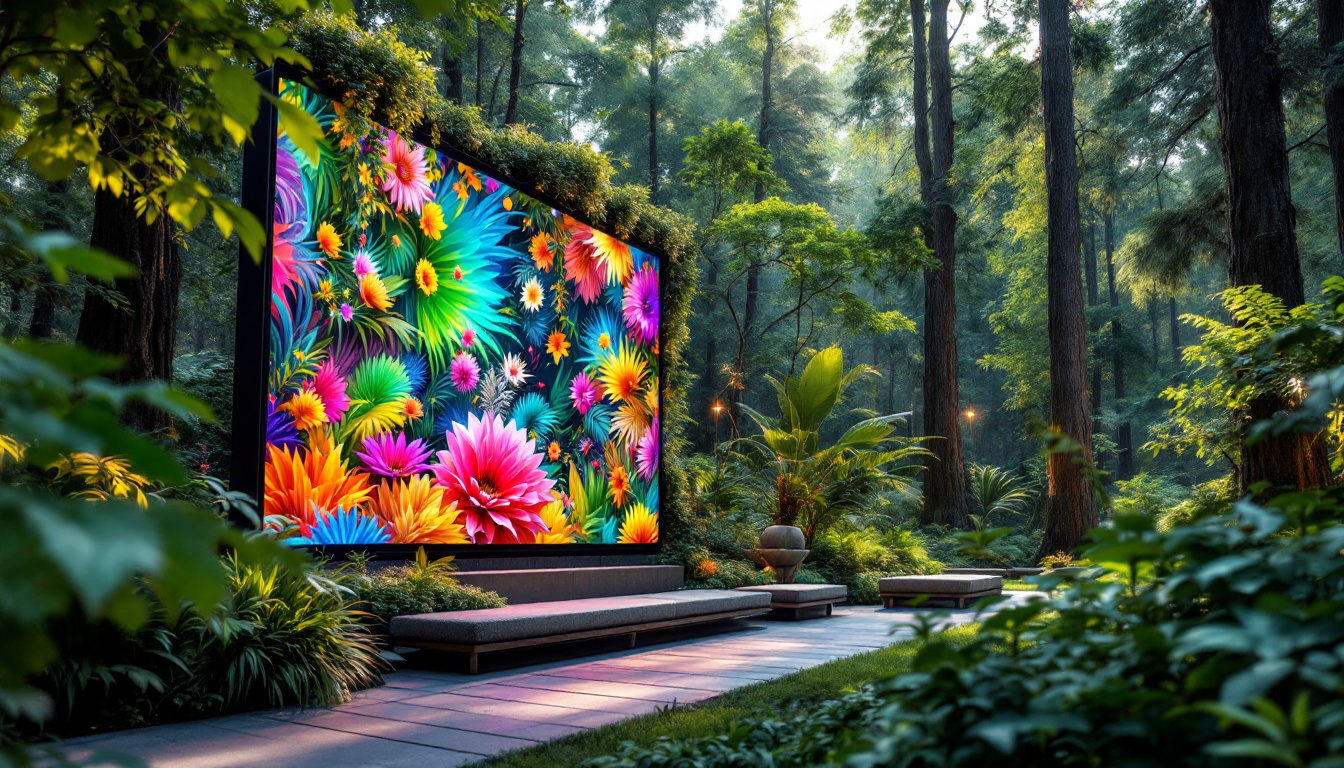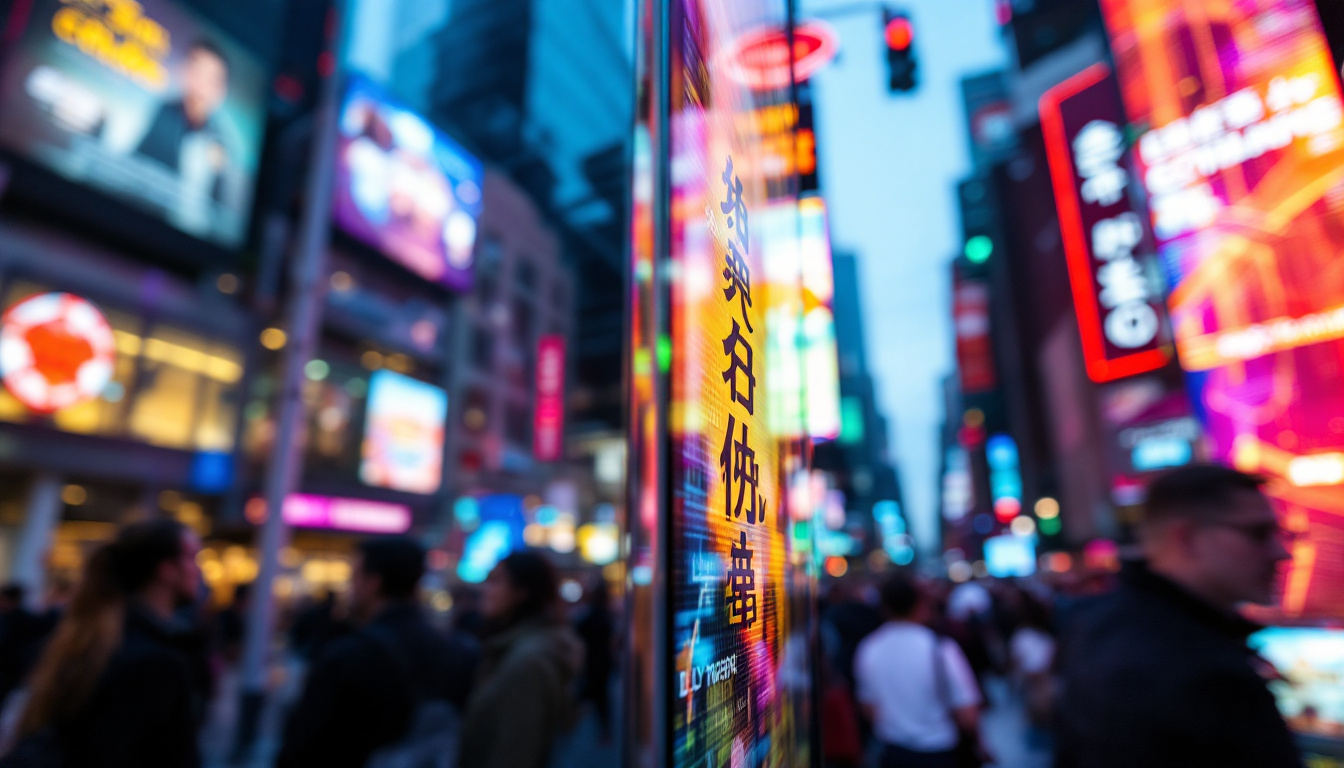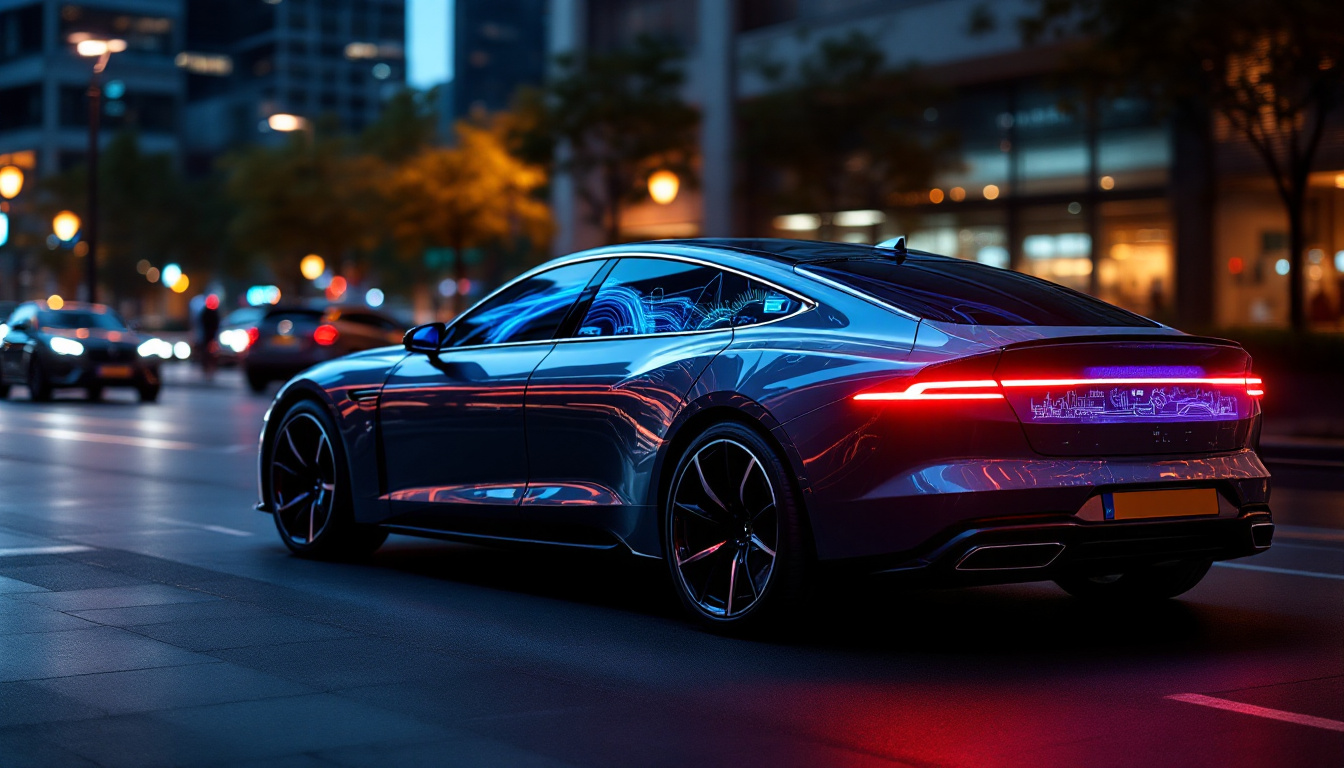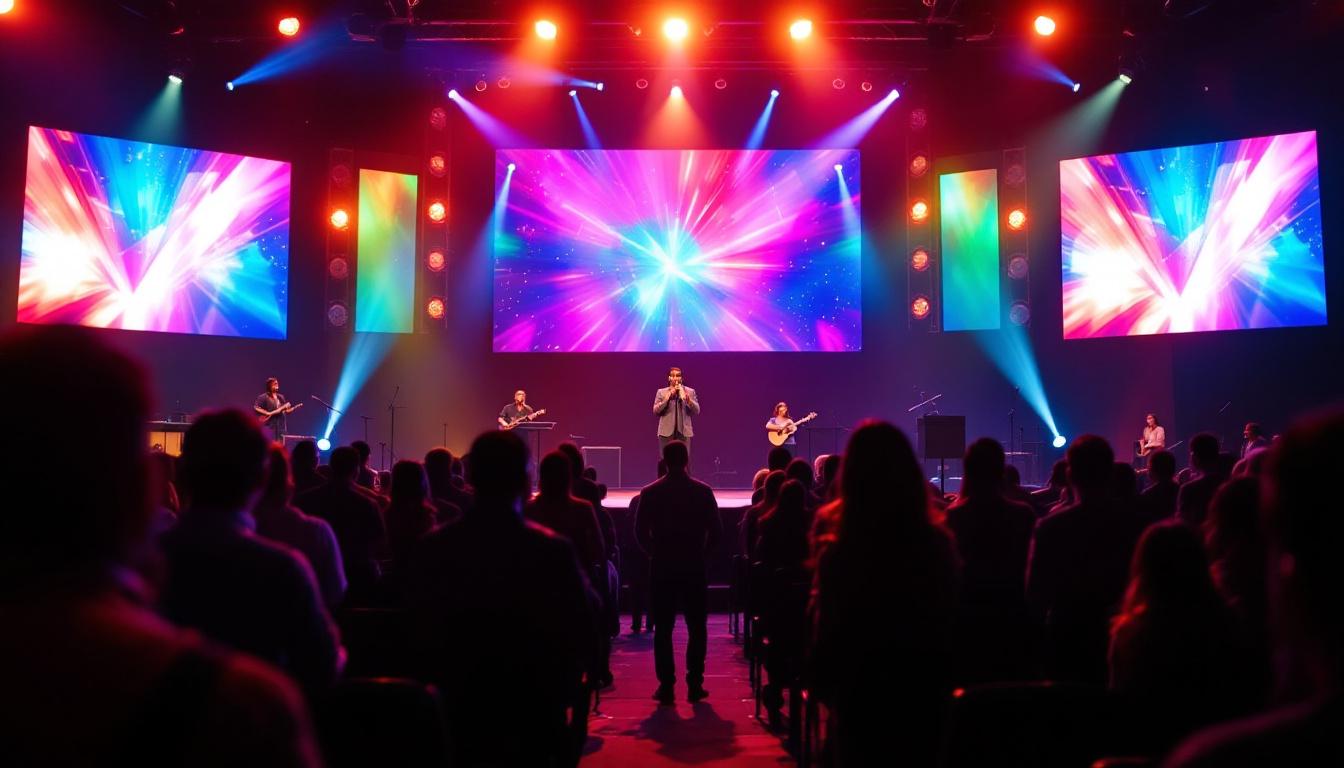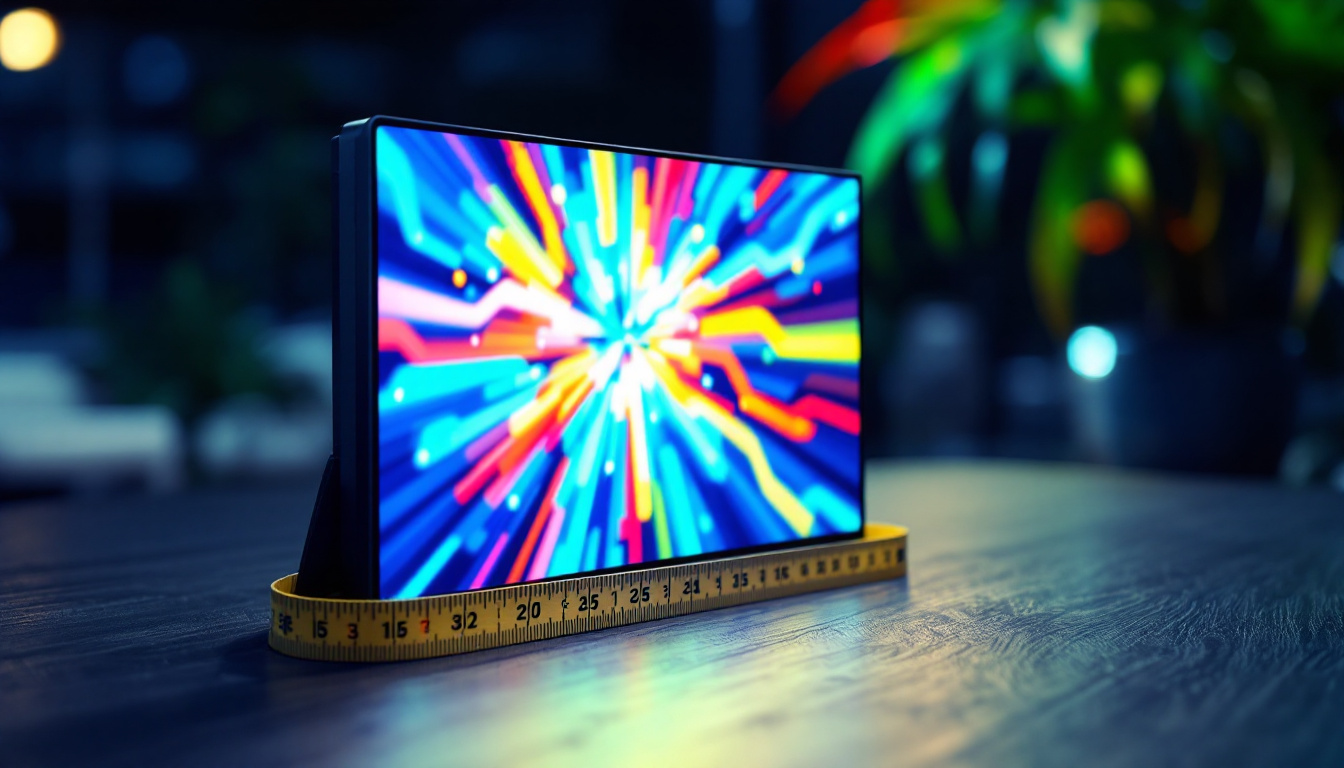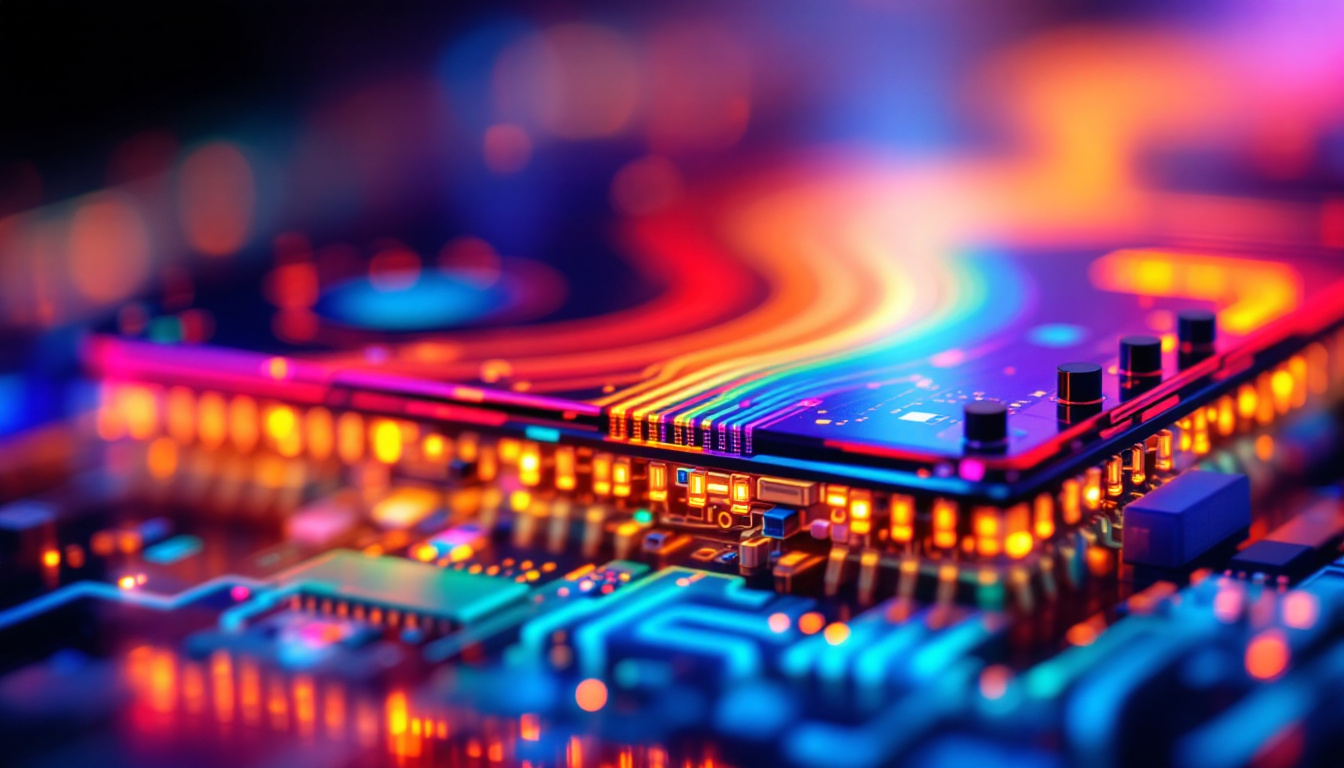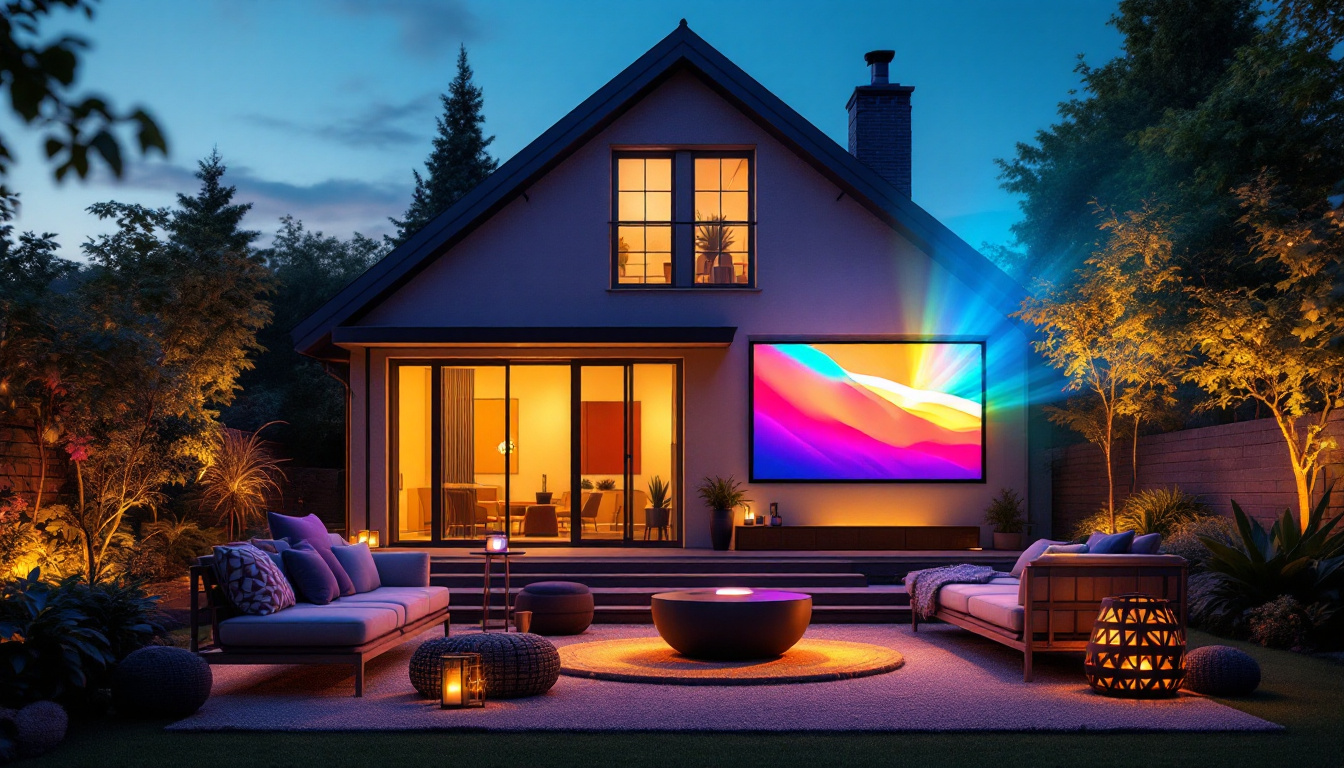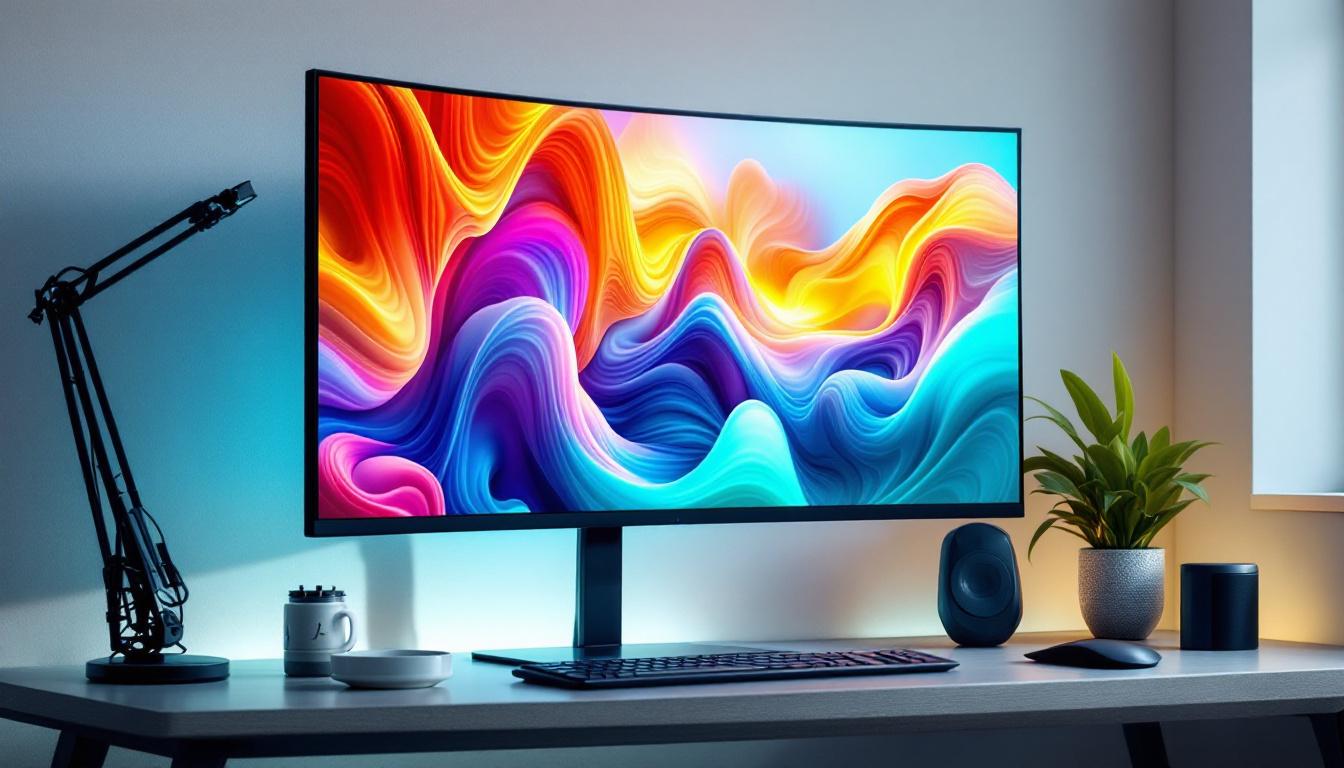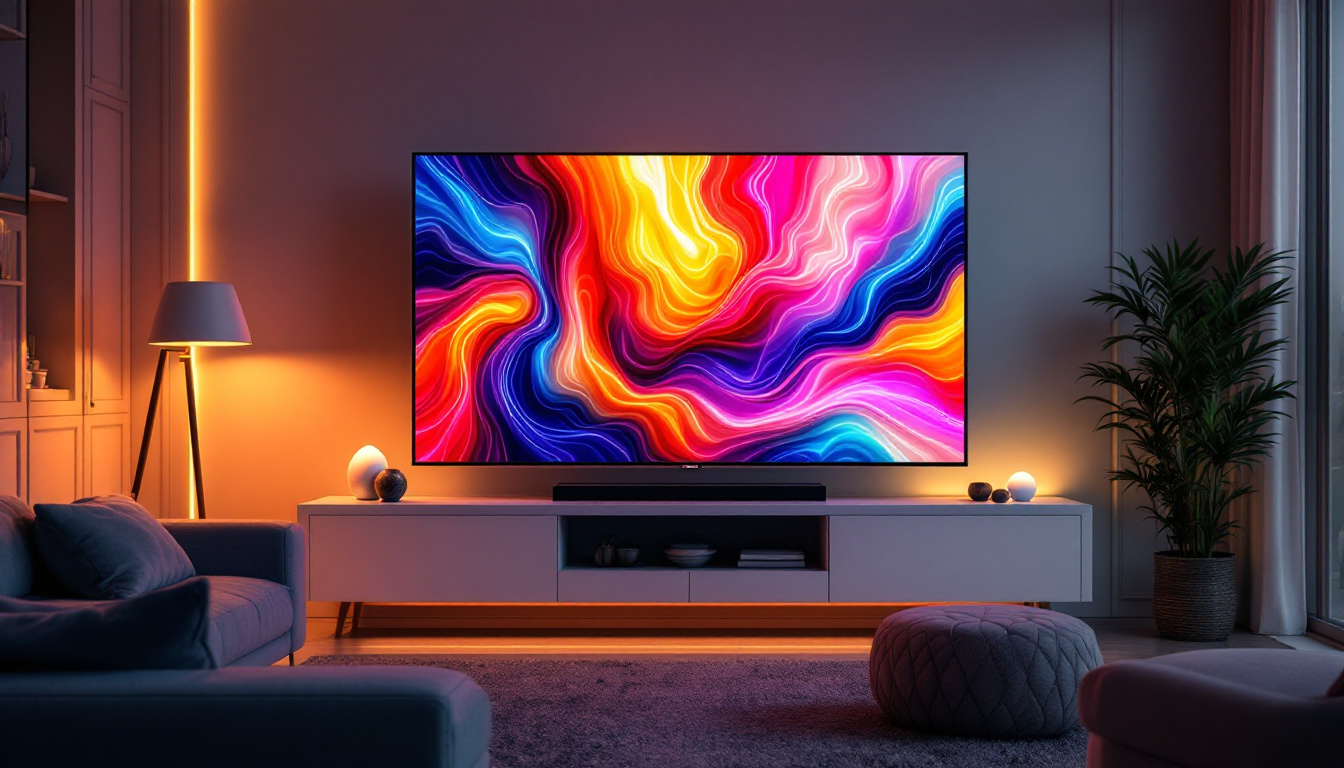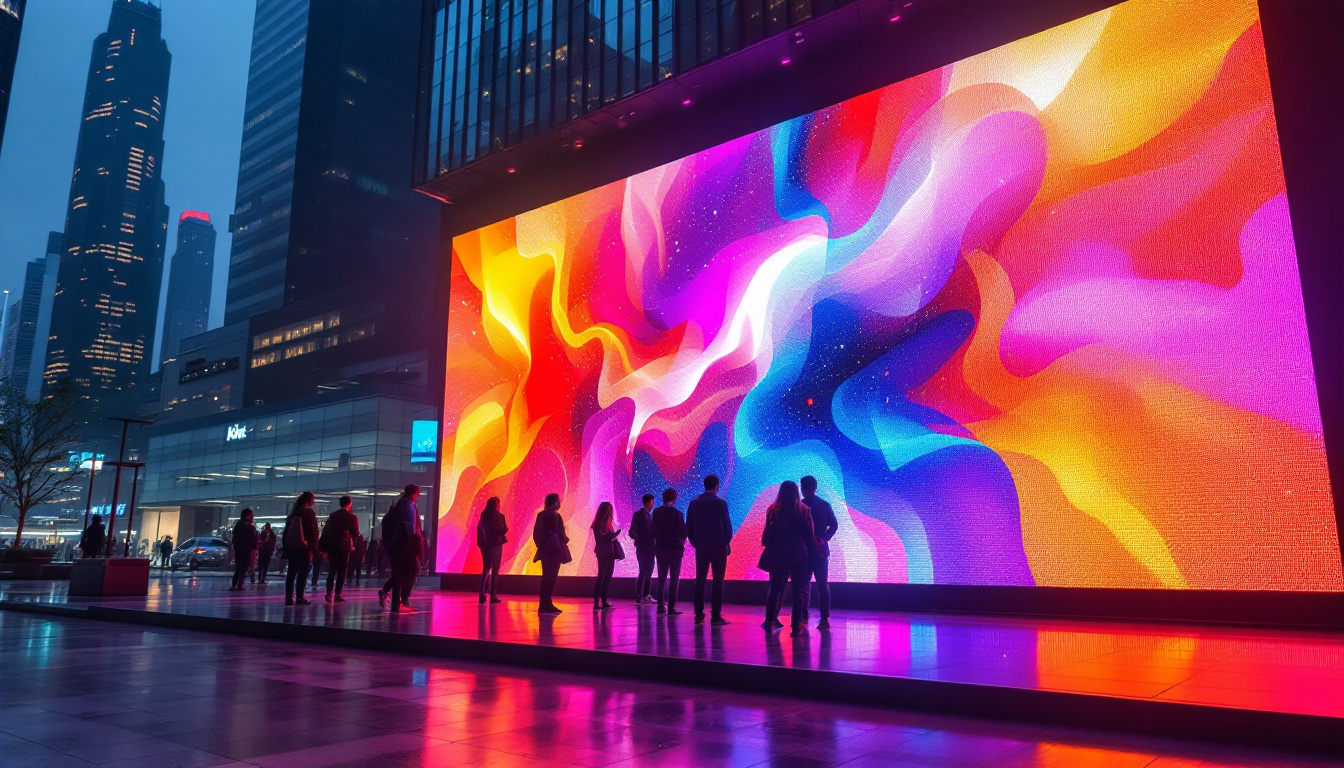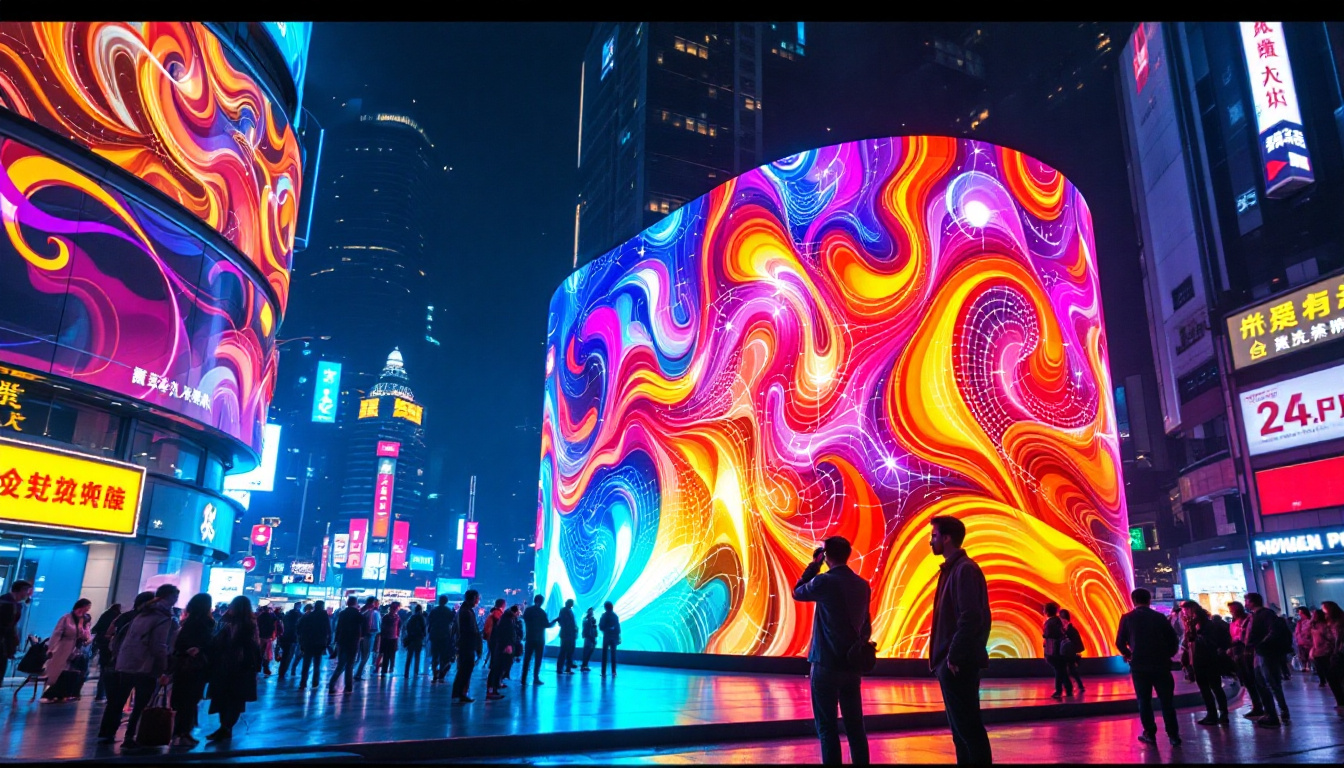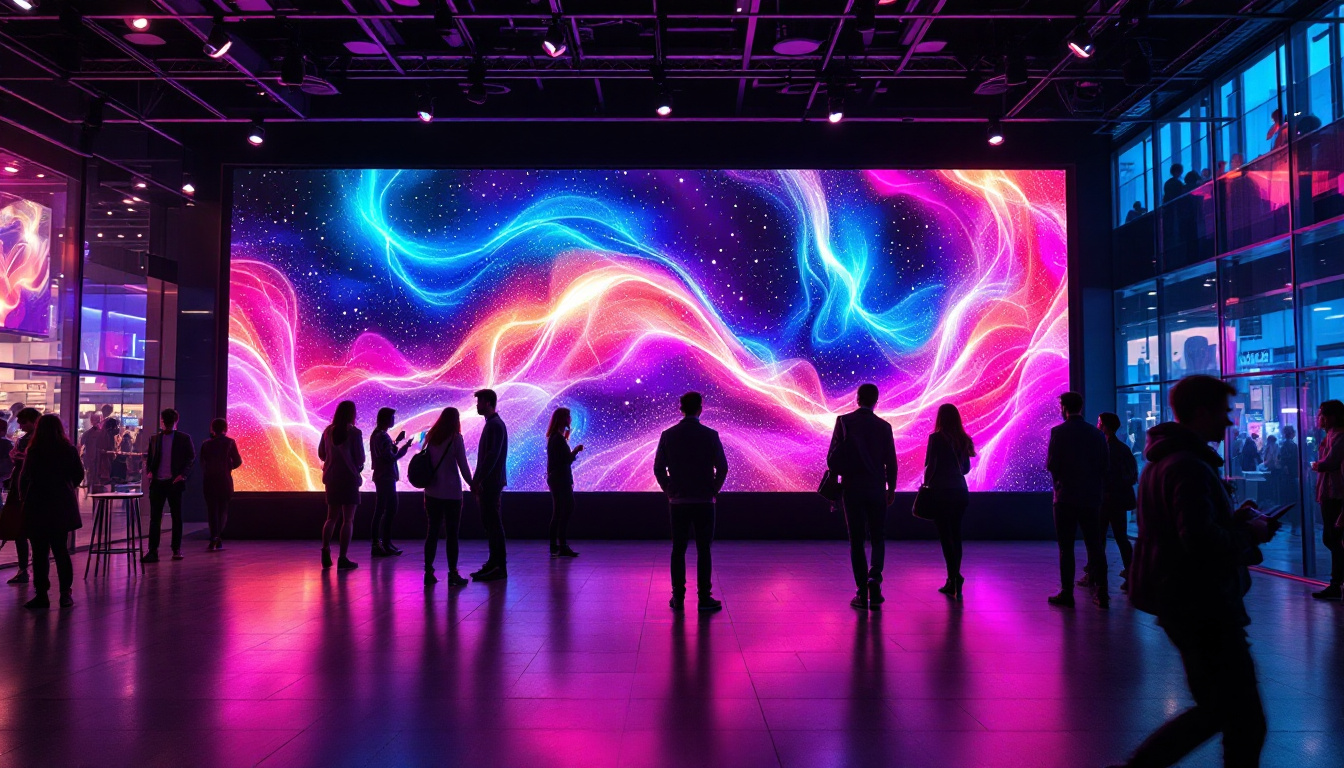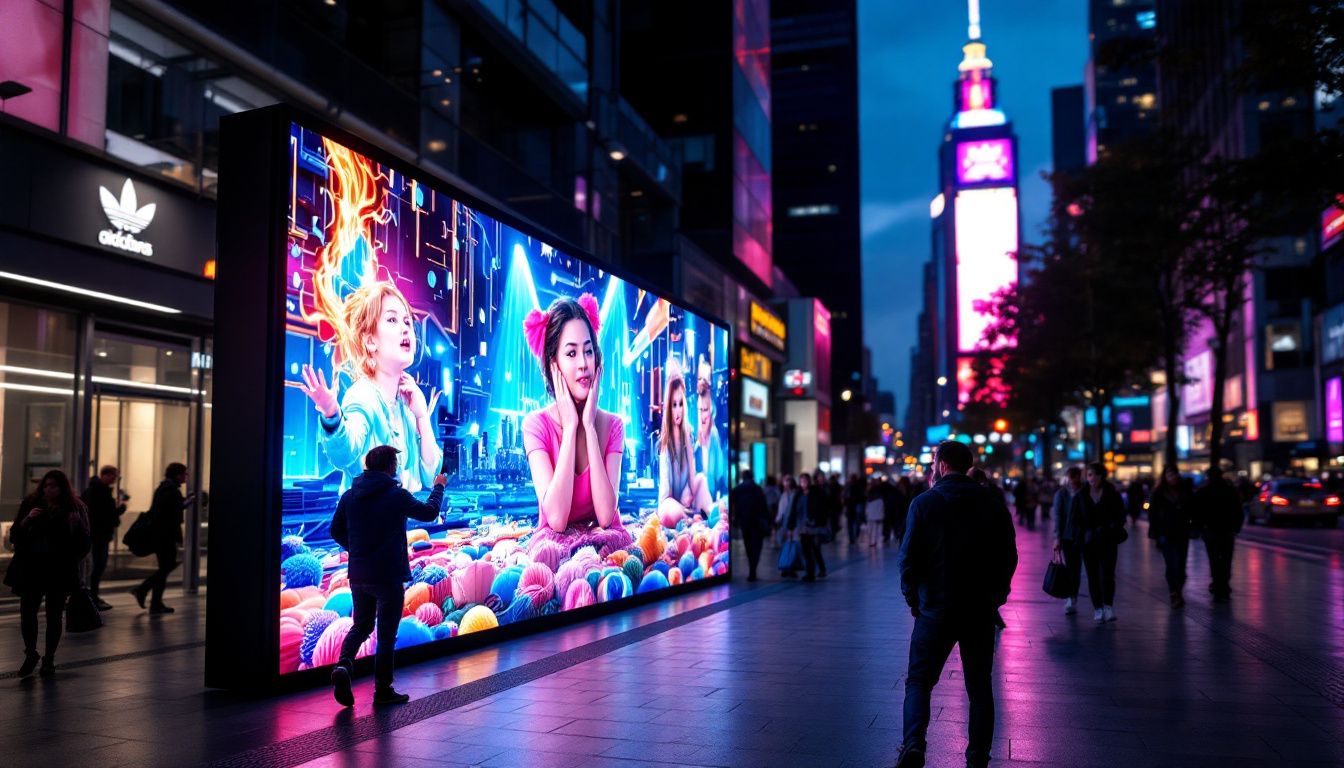In the modern digital age, the demand for large screen display monitors has surged, driven by advancements in technology and the need for high-quality visual experiences. LED displays, in particular, have become the preferred choice for various applications, ranging from business presentations to entertainment and advertising. This article delves into the intricacies of LED displays, exploring their technology, benefits, and applications.
Understanding LED Display Technology
LED stands for Light Emitting Diode, a semiconductor device that emits light when an electric current passes through it. LED displays utilize this technology to create vibrant images and videos. The fundamental principle behind LED displays is relatively straightforward, yet the engineering that goes into creating a high-quality display is quite complex.
How LED Displays Work
LED displays consist of numerous tiny LEDs arranged in a grid. Each LED can emit different colors, and when combined, they produce a full spectrum of colors. The most common types of LED displays include:
- Direct View LED (DVLED): These displays use individual LEDs to form the entire screen, allowing for exceptional brightness and contrast.
- LED-backlit LCD: In this configuration, LEDs are used to backlight an LCD panel, enhancing brightness and color accuracy.
- Organic LED (OLED): OLEDs utilize organic compounds that emit light, providing deeper blacks and a wider viewing angle.
The choice of technology often depends on the specific needs of the user, such as the desired resolution, brightness, and viewing environment. For instance, while OLED displays are favored for their superior color depth and contrast, they may not be the best choice for environments with high ambient light, where DVLED displays excel due to their high brightness levels.
Key Components of LED Displays
Several components play a crucial role in the performance of LED displays:
- Pixel Pitch: This refers to the distance between the center of one pixel to the center of the adjacent pixel. A smaller pixel pitch results in higher resolution and better image quality.
- Brightness: Measured in nits, brightness is a critical factor for visibility in various lighting conditions. High-brightness displays are essential for outdoor applications.
- Color Accuracy: The ability of a display to reproduce colors accurately is vital, especially in professional settings where color fidelity is paramount.
In addition to these components, the refresh rate of an LED display is also significant, particularly for video applications. A higher refresh rate reduces motion blur, making fast-moving images appear smoother and more fluid. This is especially important in environments like sports arenas or during live broadcasts, where quick transitions and sharp visuals are crucial for viewer engagement. Furthermore, the longevity and durability of LED displays are noteworthy; many can last over 100,000 hours, making them a cost-effective solution for both commercial and residential use.
Advantages of LED Displays
LED displays offer numerous advantages that make them a popular choice across various sectors. Understanding these benefits can help users make informed decisions when selecting a display solution.
Superior Image Quality
One of the most significant advantages of LED displays is their superior image quality. With high contrast ratios and vibrant colors, LED displays can produce stunning visuals that captivate audiences. The ability to display deep blacks and bright whites enhances the overall viewing experience, making them ideal for movies, video games, and presentations. Furthermore, the rapid refresh rates of LED displays reduce motion blur, ensuring that fast-moving images remain clear and sharp. This feature is particularly advantageous in environments such as sports arenas and gaming competitions, where every detail matters.
Energy Efficiency
LED technology is known for its energy efficiency compared to traditional display technologies. LED displays consume less power, which not only reduces operational costs but also contributes to a smaller carbon footprint. This energy efficiency is especially beneficial for large installations, such as digital billboards and large conference room displays. Additionally, many LED displays come equipped with adaptive brightness technology, which adjusts the screen’s brightness based on ambient light conditions. This not only enhances visibility but also further conserves energy, making LED displays an environmentally friendly choice.
Longevity and Durability
LED displays are built to last. With a lifespan of up to 100,000 hours, they outlast many other display technologies. Additionally, they are more resistant to shocks and vibrations, making them suitable for various environments, including outdoor settings where weather conditions can be unpredictable. Their robust construction also means they are less prone to screen burn-in, a common issue with older display technologies. This durability translates to lower maintenance costs and fewer replacements over time, making LED displays a cost-effective investment for businesses and organizations.
Versatility in Applications
Another notable advantage of LED displays is their versatility in applications. From retail environments showcasing dynamic advertisements to corporate settings utilizing them for impactful presentations, LED displays can adapt to various needs. They can be configured in different shapes and sizes, allowing for creative installations that can fit any space. Furthermore, advancements in technology have led to the development of flexible LED screens that can be curved or shaped to fit unique architectural designs, opening up new possibilities for artistic displays and immersive environments.
Enhanced Interactivity
Modern LED displays often incorporate touch screen technology, enabling enhanced interactivity that engages viewers in a more meaningful way. This feature is particularly useful in educational settings, where interactive displays can facilitate learning through hands-on experiences. In retail, interactive LED displays can provide customers with product information, promotional content, and even virtual try-on experiences, significantly enhancing the shopping experience. As technology continues to evolve, the integration of augmented reality with LED displays is also becoming more prevalent, allowing for innovative marketing strategies and immersive storytelling that capture the attention of audiences in unprecedented ways.
Applications of Large Screen LED Displays
The versatility of LED displays allows them to be used in a wide range of applications. From corporate environments to entertainment venues, their adaptability makes them a preferred choice for many industries.
Corporate and Educational Use
In corporate environments, large screen LED displays are often utilized for presentations, video conferencing, and digital signage. Their ability to display high-quality visuals enhances communication and collaboration among teams. In educational settings, these displays serve as powerful teaching tools, enabling interactive learning experiences that engage students.
Entertainment and Advertising
LED displays have revolutionized the entertainment industry, from large stadium screens to concert backdrops. Their brightness and clarity ensure that audiences enjoy a captivating experience, regardless of their location in the venue. In advertising, digital billboards equipped with LED technology allow for dynamic content that can be updated in real-time, maximizing engagement and impact.
Public Information and Transportation
LED displays are widely used in public transportation systems for displaying real-time information, such as arrival times and service updates. Their visibility in various lighting conditions ensures that passengers receive timely information, enhancing the overall travel experience. Additionally, they are employed in public spaces for informational signage, wayfinding, and emergency alerts.
Choosing the Right LED Display
Selecting the appropriate LED display requires careful consideration of several factors. Understanding the specific needs and the environment in which the display will be used is crucial for making the right choice.
Assessing Your Needs
Before investing in an LED display, it is essential to assess the intended use. Will it be used for indoor or outdoor applications? What is the required resolution? Understanding these factors will help narrow down the options and ensure that the selected display meets the necessary criteria.
Budget Considerations
While LED displays offer numerous advantages, they can also represent a significant investment. It is important to establish a budget that aligns with the desired features and specifications. Keep in mind that while initial costs may be higher than traditional displays, the long-term savings in energy and maintenance can offset these expenses.
Installation and Maintenance
The installation process for large screen LED displays can be complex and may require professional assistance. It is essential to consider the location, mounting options, and any necessary infrastructure to support the display. Additionally, regular maintenance is crucial to ensure optimal performance and longevity. Understanding the maintenance requirements can help in planning for ongoing costs.
Future Trends in LED Display Technology
The LED display industry is continually evolving, with new technologies and innovations emerging regularly. Staying informed about future trends can help users make strategic decisions regarding their display investments.
Advancements in Resolution
As technology advances, the demand for higher resolution displays continues to grow. Innovations such as MicroLED and MiniLED technology are paving the way for displays with even finer pixel pitches, resulting in unparalleled image quality and detail. These advancements will cater to applications requiring extreme precision, such as medical imaging and high-end gaming.
Integration with Smart Technology
The integration of LED displays with smart technology is another trend gaining traction. Displays that can connect to the Internet of Things (IoT) will enable real-time data sharing and interactivity. This capability can enhance user engagement and provide personalized experiences, particularly in retail and advertising environments.
Sustainability Initiatives
As environmental concerns continue to rise, the LED display industry is focusing on sustainability. Manufacturers are exploring eco-friendly materials and energy-efficient designs to minimize the environmental impact of production and disposal. This trend aligns with the growing consumer demand for sustainable products and practices.
Conclusion
Large screen LED displays have transformed the way information is conveyed and experienced across various sectors. Their superior image quality, energy efficiency, and durability make them a valuable investment for businesses and organizations. As technology continues to advance, the potential applications and benefits of LED displays will only expand.
Understanding the intricacies of LED display technology, assessing specific needs, and staying informed about industry trends are essential steps in making informed decisions. Whether for corporate use, entertainment, or public information, LED displays offer a dynamic solution that meets the demands of the modern world.
In a rapidly evolving digital landscape, embracing LED display technology can provide a competitive edge, enhance communication, and create memorable experiences for audiences. As the future unfolds, the possibilities for LED displays are limitless, promising exciting developments that will shape the way we interact with visual content.
Discover LumenMatrix’s Innovative LED Display Solutions
Ready to elevate your visual experience with the latest in LED technology? Look no further than LumenMatrix, a pioneer in crafting LED display modules that bring your content to life. Whether you’re in need of an Indoor LED Wall Display for your corporate events, an Outdoor LED Wall Display for impactful advertising, or any of our specialized solutions like Vehicle LED Displays and LED Sports Displays, LumenMatrix has the perfect fit for your unique requirements. Embrace the future of visual communication and check out LumenMatrix LED Display Solutions today to transform your space into a dynamic and engaging environment.

